(First published 18th July 2016)
I’m quite stunned – at myself! Doing what I have been doing for the last few years is, to me, sure proof that age can be irrelevant – you can pretty well do anything you want to, regardless of your age. Yes, there would be limits to that – legal and health issues would come into it. But for me, at the ripe young age of 55 (I think it was – I am now 60) I had an idea – a lightbulb moment I like to call it – a window of opportunity where I realized I could finally combine two of my passions – writing and the outback. It seemed like a true lightbulb moment at the time but I guess I never really thought I would actually go through with it – and have such a book published. But – guess what – that is exactly what is about to happen and I don’t think anyone is more surprised than I am.
So – yes, it has been going on for about four years now and has had several working titles attached to it, some non-repeatable. But we have finished up with the official title of ‘Red Dust Dreams’. And what a journey it has been and continues to be. So much so that I have had trouble putting on the brakes. I continue to thrive on it all – on everything about it – the research which has been incredible, meeting and interviewing and getting to know heaps of wonderful people and – and – the list is endless. And what a way to see the nation – so off the beaten track. Much of my transport was by coach – letting someone else drive and do all the worrying while I sat and enjoying the passing scenery.
My late father’s book: ‘The Sawers from Pitcairn’ was the official trigger for this book. Actually, that’s only partly true. It certainly helped but my passion/addiction for writing and for the outback probably had something to do with it. This, along with a long held curiosity about the lack of knowledge and education – and interest – that many (not all) people in urban Australia and overseas seem to have about this great expanse, bothered me. For example, ask many in the city about education in the outback – a lot will suggest that schools in country towns are not a lot different to those in the cities. I guess so – I don’t know much about schools in country towns either. But that’s not what I am talking about. This is about education on the stations out there – the way education is conducted on properties that are kilometres, sometimes hundreds, from the nearest public school. These children have to be educated too – but how? Some of those in the urban areas did think about it when I put it to them – but overall, it went into the ‘too hard’ basket. Next question – where does your meat come from, if you are not vegetarian or vegan? Well, obviously the butcher. Hang on, try the meat sections in the supermarkets. And milk? Again the supermarket but from a different big fridge and it comes in a plastic or cardboard container and – hey – it even comes in different flavours! Power? Fuel? General shopping? Ok, they’re lost. Don’t even bother with the too hard basket.
A combination of the lot saw me take this on – the biggest challenge of my life so far (after marriage and motherhood) and one that I am absolutely thriving on. I feel I am ageing backwards on the whole – I began in my mid-50s and am now heading toward 61. Proving that on the whole age is no barrier. Nor is gender.
Once I decided to write this book (working titles became ‘The Stations Book’ or ‘The Book on Stations’), now officially called ‘Red Dust Dreams’, it was a matter of – where to start? I really needed a list of sheep and cattle stations throughout Australia. So I turned to GOOGLE. And kept turning to GOOGLE for a good few weeks (on and off). I tried looking up ‘property’ – and found heaps of real estate around the world. ‘Stations’ gave me lots of railway and coach stations globally as well as petrol stations. Hmm. ‘Station Stays’ – more farm stays revealed than anything else and while that is all very much rural, it was not what I was looking for. ‘Landholdings’ and a heap more until the computer got sick of me and started making its own suggestions. First was ‘entities’. Huh? Entities? Ok. I’ll try anything once. So I did and BINGO – lists of rural and remote properties nationwide. YES. After printing off most of it I then looked at each state in turn, going by the postcodes. The higher – or lower, depending which way you look at it (for instance, 6150 is definitely suburban, whereas 6750 means outback. Not rural, but remote). Next I went through the stations bearing the relevant codes – choosing ones that were not (at that stage) station stays nor company owned. However, like many other aspects, this has changed as we have progressed and now there are several station stays involved. In fact, we are trying to showcase these stations to do our bit to help with their ongoing problems and struggles.
While other aspects have changed, the one aspect I have never strayed from is the original focus for ‘Red Dust Dreams’ – the domestic side of life out there. Nor the aim – which was and always will be to try to help raise awareness about that sort of life, educating people about it, helping tourism – and as much else as possible.
Next was to issue an introductory and explanatory letter to the chosen stations, along with a form for those who might be interested to complete and return to me in the provided SSAE. About 20-30 were issued per state – Victoria, Tasmania and the ACT are not included because, while some do have stations, normally these are too small to be considered isolated and overall their rainfall is much higher than in the outback. Most are near enough to towns for their children to be able to attend their local schools and not have to rely on home schooling (unless through choice), people can socialize and shop easily. Emergency services are more accessible. Neighbours are generally within sight from somewhere on each property. All these being aspects that those in the more remote and isolated parts of Australia do not have.
Back to the letters. Many of these were ignored, which was expected. It was also quite an old list and some of the listed owners/managers have passed on. But initially, about four stations (except Qld where about a dozen responded) per state responded positively.
I then set about organizing the research trips, state by state. These involved flying to the capital city of each state, then traveling by coach (normally) to the first town and, hopefully, meeting someone from each station there. On the whole I would stay for two nights and one day, taking heaps of photos and talking with the owners/managers, their families and staff, for those who had any. Doing this, I worked my way around SA and NSW together, followed by Qld a few months later, a quick visit back to SA, zooming over the border to Broken Hill and then back up through the NT to Darwin. And finishing up with four trips to cover the stations in WA. For the first of these latter trips, I caught a train up to Kalgoorlie, then hired a car there to get out to the station and back and then coached back to Perth (trainline was being maintained). For the second, I took my own car up to
Exmouth and back. I was meant to visit a couple of stations east of Carnarvon but I came sown with a virus of some sort and then my car went out in sympathy. So I finished up completely missing those two stations and hightailed it home instead. The third trip was by coach up to Broome, then my eldest daughter accompanied me out to a station in the Kimberley – then back to Broome and I coached home again. Finally, I actually joined a coach tour to Mt Augustus – fabulous fun – and back again. Most of these stations are now involved. All but three I did manage to visit and these three are coming onboard by email. All told, there are two in SA., three in NSW., eight in Qld., one in the NT and five in WA. Also included are interviews and photos about the participating retired pastoralists, backpackers, shearers, an Optometrist, Dental Nurse, an explosive expert, a rock star who has toured the outback of SA (and is a Grammy nominee), two Indigenous people, three governesses, travelers, two authors and more. Aspects in the book include education, entertainment, employment, communication, community involvement and distances traveled, loneliness, isolation, health issues, shopping, transport, power, fuel, infrastructure, holidays (what holidays??), even down to the nitty gritty such as septic tanks and treatment and maintenance of same.
Hopefully, ‘Red Dust Dreams’ will be an interesting read, fun and educational. Not all good, not all bad – just true and factual. And we are also hoping to make a documentary once the book is published – this will provide a visual interpretation of the written word while also showing how the content for such a book is collected.
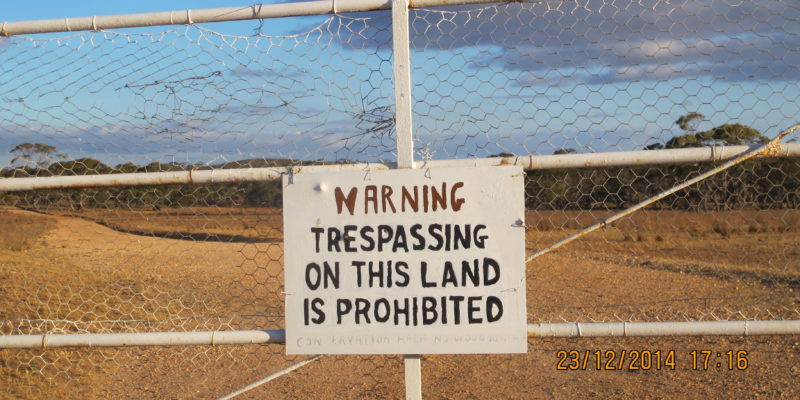

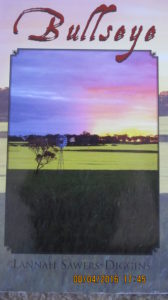

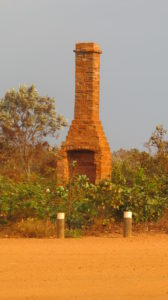
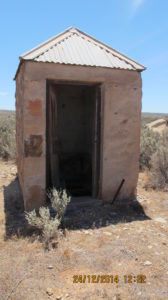
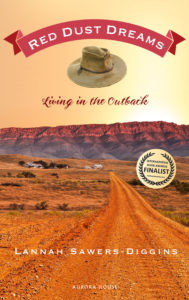












Leave A Comment